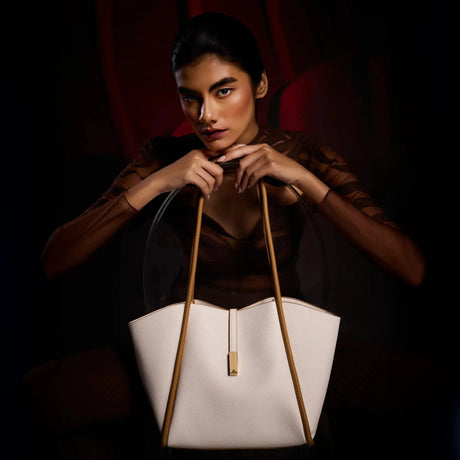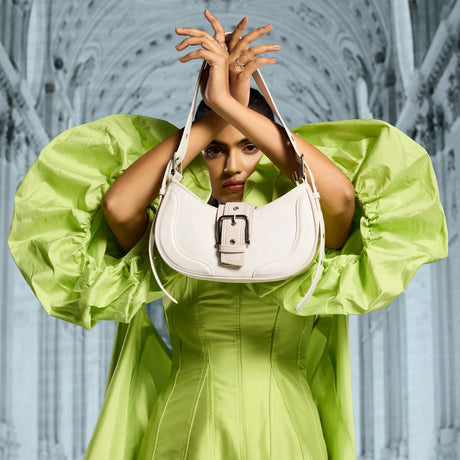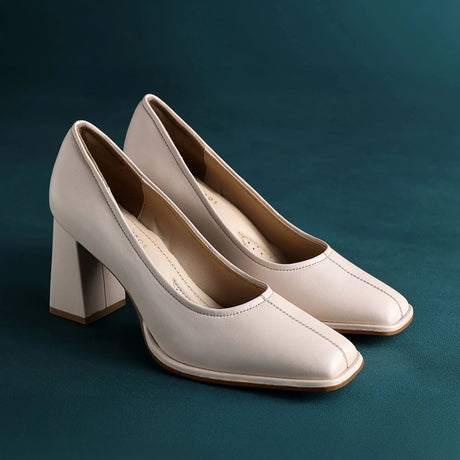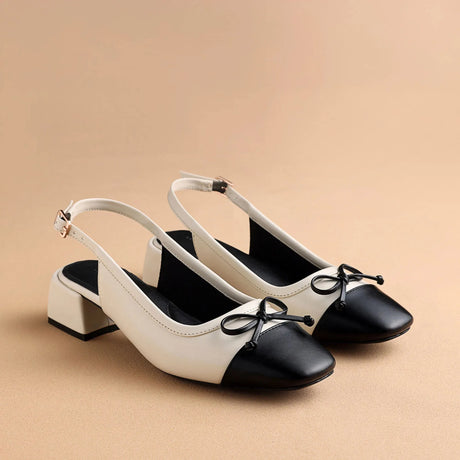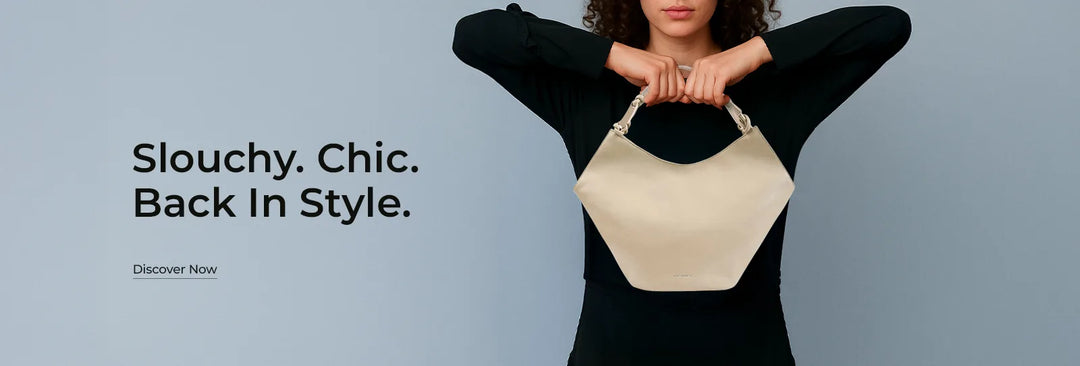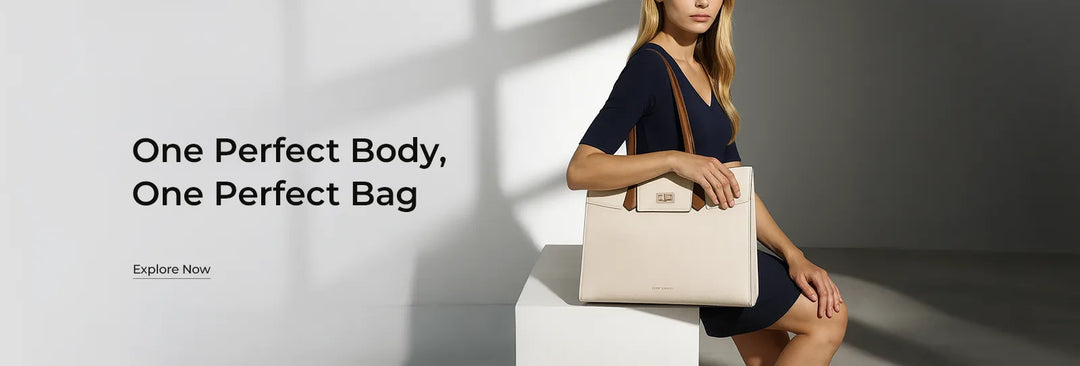The Evolution of Handbag Designs: From Classic to Contemporary
Handbags have long transcended their functional purpose, evolving into iconic fashion statements that reflect society's culture, values, and artistry. The history of handbag designs offers a fascinating journey through time, revealing how fashion trends, technological innovations, and cultural shifts have shaped these indispensable accessories. For fashion historians and enthusiasts alike, understanding this evolution provides a richer appreciation of how handbags have become symbols of style and self-expression.
In this blog, we will explore vintage handbag styles through the decades, examine modern twists on classic designs, and analyze how culture has influenced handbag evolution. Join us as we trace the transformation of handbags from mere carriers of essentials to coveted objects of desire.
A Glimpse into the History of Handbag Designs
The concept of carrying personal belongings dates back thousands of years, but handbags as fashion accessories emerged more distinctly over the past few centuries. Early versions were primarily practical pouches, satchels, or reticules, serving the basic need of carrying coins, keys, or small items.
The 19th Century: Birth of the Modern Handbag
By the 19th century, the Industrial Revolution brought changes in lifestyle and fashion. Women's clothing became more structured and elaborate, creating a need for practical yet stylish bags. The term "handbag" began to gain popularity, describing small purses or satchels designed to complement women's attire.
Victorian-era handbags often featured ornate embroidery, beadwork, and delicate materials such as silk and lace. The reticule, a small drawstring bag, was widely popular during this era, blending function with elegance. These vintage handbag styles through the decades set the foundation for handbags as an essential accessory.
Vintage Handbag Styles Through the Decades
1920s - The Jazz Age and Flapper Bags
The Roaring Twenties brought liberation and exuberance to fashion. Flapper culture embraced bold, youthful looks, and handbags reflected this spirit. Clutch bags and beaded purses with geometric designs became fashionable, often adorned with sequins, feathers, and fringe.
These bags were designed to be held or carried with a delicate chain strap, complementing the shorter hemlines and loose silhouettes of the era. The focus was on compact, decorative bags that added flair to evening wear.
1940s - Utility Meets Elegance
During World War II, materials like leather and metal were rationed, influencing handbag designs. Women needed practical, durable bags for their active roles, leading to more structured and utilitarian designs.
The 1940s saw the rise of boxy leather handbags with strong frames and clasp closures. Despite the practicality, designers ensured that bags remained elegant with polished hardware and refined silhouettes. This decade marks the beginning of what we now recognize as the "classic handbag" style.
1950s - The Era of Glamour
Post-war optimism brought luxury and femininity to the forefront. Iconic designs like the structured satchel and the top-handle bag emerged, symbolizing sophistication and status. Materials became more diverse, incorporating exotic skins and vibrant colors.
Handbag styles during this period often featured bold hardware, such as gold clasps and chains, reflecting the glamour associated with Hollywood stars and fashion icons. These bags were as much a statement piece as they were functional.
1970s - Bohemian and Experimental Styles
The 1970s introduced a shift towards individuality and cultural expression. Handbag designs embraced ethnic patterns, fringe details, and unconventional shapes, reflecting the bohemian lifestyle.
Natural materials like suede and woven fibers gained popularity. The crossbody bag and the hobo bag became trendy, offering comfort and practicality. This era marked a significant expansion of handbag silhouettes and the emergence of casual styles.
1990s - Minimalism and Brand Logos
The 1990s brought minimalist fashion to the forefront, with handbags becoming sleeker and more understated. Simple leather totes and shoulder bags in neutral colors dominated.
However, this era also saw the rise of logo-centric designs, where brands prominently displayed their insignia as a status symbol. The balance between minimalism and brand identity became a defining characteristic of the decade.
Modern Twists on Classic Handbag Designs
Fast forward to today, and handbags continue to evolve by blending heritage with innovation. Designers reinterpret vintage styles through modern lenses, infusing timeless pieces with contemporary details.
Structured Satchels with a Modern Edge
The classic structured satchel remains a wardrobe staple, loved for its clean lines and professional appeal. Today's versions incorporate multifunctional features like adjustable straps, tech-friendly compartments, and lightweight materials without compromising on elegance.
These modern satchels suit office environments and casual outings alike, highlighting versatility as a key trend in handbag design.
Eco-Friendly Materials and Sustainable Designs
Sustainability is shaping the future of fashion accessories. The demand for eco-conscious handbags has led to the creation of bags made from vegan leather, recycled fabrics, and biodegradable materials.
These handbags marry the sophistication of traditional designs with a commitment to ethical manufacturing, appealing to environmentally aware consumers.
Bold Colors and Playful Patterns
While classic neutral tones remain popular, contemporary handbags embrace vibrant hues and artistic prints. Designers experiment with color blocking, floral motifs, and geometric patterns, offering options that cater to personal style statements.
This blend of classic structure with bold aesthetics appeals to those who want their handbags to reflect individuality and creativity.
Tech-Integrated Handbags
Innovation extends beyond materials and aesthetics; many modern handbags now include tech features such as built-in charging ports, RFID-blocking compartments, and smart tracking devices. These enhancements provide added convenience for the modern woman on the go.
Influence of Culture on Handbag Evolution
Culture profoundly shapes fashion, and handbags are no exception. Different regions and social movements have inspired handbag styles that mirror societal values and artistic expression.
Cultural Symbols and Traditional Craftsmanship
Many handbag designs incorporate traditional embroidery, weaving, and beadwork that pay homage to cultural heritage. Artisans worldwide infuse bags with local craftsmanship techniques, turning handbags into wearable art.
These cultural symbols add richness and diversity to the handbag landscape, making each piece a story in itself.
Gender Roles and Social Movements
As women’s roles in society have evolved, so too have handbag designs. From the delicate purses of the Victorian era to the spacious, functional bags of the working woman, handbags have mirrored women’s changing needs and aspirations.
Current handbag trends emphasize empowerment and inclusivity, offering designs that support active lifestyles while celebrating personal expression.
Globalization and Cross-Cultural Influences
Global connectivity has facilitated the fusion of styles, allowing designers to draw inspiration from multiple cultures. For example, Asian minimalism, African patterns, and European elegance converge in contemporary handbag collections, appealing to diverse global audiences.
The Future of Handbag Design
Looking ahead, handbag designs will likely continue evolving through technology, sustainability, and personalization. Smart bags with integrated features, modular components, and customizable aesthetics are gaining traction.
The focus will remain on creating handbags that are not only beautiful but also functional and aligned with consumers’ values, such as environmental responsibility and social impact.
Conclusion
The history of handbag designs is a vibrant tapestry woven from changing fashions, cultural influences, and technological progress. From the ornate reticules of the 19th century to today’s eco-friendly, tech-savvy totes, handbags have continuously reinvented themselves to suit the times.
For fashion historians and enthusiasts, tracing this evolution offers insight into how accessories encapsulate broader social narratives. As we move forward, handbags will undoubtedly keep adapting, blending the charm of the past with the innovation of the future - making every bag a piece of history in the making.
If you love exploring the stories behind your favorite fashion accessories, the evolution of handbags provides endless inspiration. Stay tuned for more insights into timeless fashion trends and emerging designs.
